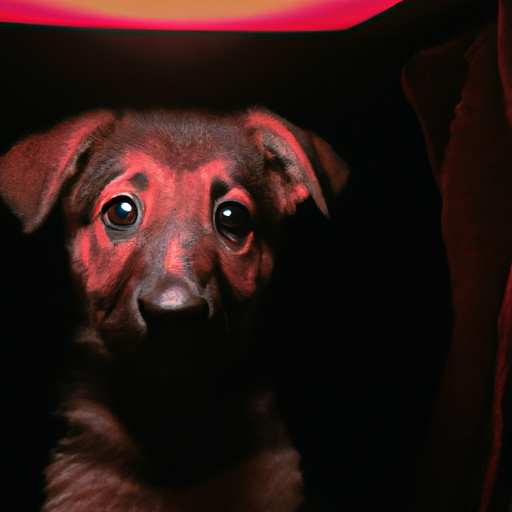As a caregiver, you are likely passionate about ensuring the well-being of your pet, especially your canine companion. You’re not alone in this. Many dog owners often wonder, “How do dogs show sadness?” Understanding the signs of sadness in dogs can be a complex process, requiring a careful observation of their behavior, body language, and even changes in their eating habits.
Here’s a detailed guide of the signs to look for if you suspect your dog might be feeling down, and what you can do to help them feel better.
1. Changes in Behavior
One of the most apparent signs of sadness in dogs is a noticeable change in their behavior. This could manifest in various ways such as:
- Lethargy: If your dog is usually active and playful but has lately been sluggish and disinterested in their favorite activities, this could be a sign of sadness.
- Increased sleep: Dogs typically sleep for about 12-14 hours a day. If you notice your dog sleeping excessively or being lethargic even after a long nap, they could be exhibiting signs of sadness.
- Decreased appetite: If your dog is usually an eager eater but has recently been ignoring mealtimes, this might be a sign of distress.
| Normal Behavior | Possible Sign of Sadness | |
|---|---|---|
| 1 | Active and playful | Lethargic and disinterested in activities |
| 2 | Sleeps about 12-14 hours a day | Sleeping excessively or being lethargic after sleep |
| 3 | Eager eater | Ignoring mealtimes |
2. Changes in Body Language
Body language is a primary mode of communication for dogs. Here are a few body language signals that your dog might be sad:
- Tail between legs: A happy dog usually wags its tail. If the tail is tucked between the legs, it could be a sign of sadness or fear.
- Ears pinned back: If your dog’s ears are usually perky and are now pinned back, this could be a sign of sadness.
- Avoiding eye contact: Dogs who are sad or depressed may avoid eye contact.
3. Physical Changes
Physical changes can also indicate sadness in dogs. These may include:
- Loss of weight: A sudden or dramatic loss of weight can be a sign of depression or other health problems in dogs.
- Poor coat condition: A dog’s coat is usually shiny and clean, but a sad or sick dog might have a dull, dirty, or unkempt coat.
- Changes in posture: A sad dog may appear hunched over or have a generally lowered posture.
4. Excessive Whining or Crying
If your dog has been whining or crying more than usual, it could be a sign of sadness. This is particularly true if the whining or crying is accompanied by other signs of distress, such as restlessness or pacing.
5. Increased Aggression or Anxiety
Increased aggression or anxiety can be signs of emotional distress in dogs. These signs may manifest as sudden outbursts of aggression, increased nervousness, or exhibiting obsessive-compulsive behaviors.
Frequently Asked Questions
Q1: Can dogs really feel sadness?
Yes, dogs are capable of feeling a range of emotions, including sadness. This is due to their high level of social intelligence and their ability to form strong bonds with their human companions.
Q2: What can I do if my dog is showing signs of sadness?
If your dog is showing signs of sadness, it’s important to first rule out any physical health issues with a vet. If your dog is physically healthy, you might want to try increasing their exercise, providing more mental stimulation, or spending more quality time with them.
Q3: How long can a dog be sad?
The length of time a dog might be sad can vary greatly depending on the cause. If the cause of the sadness is not addressed, it could potentially last for a long time. If your dog seems sad for an extended period, it’s important to seek help from a vet or a pet behaviorist.
Q4: Can dogs get depressed?
Yes, dogs can suffer from depression, just like humans. If your dog is showing consistent signs of sadness, lethargy, or loss of interest in activities they once enjoyed, they may be depressed. It’s important to seek advice from a veterinarian if you suspect this is the case.
Q5: Can a change in environment cause a dog to be sad?
Absolutely. Changes in environment, such as moving to a new home, a family member leaving or a new pet or baby in the house, can all trigger feelings of sadness or anxiety in a dog.
Remember, as a caregiver, your role is to ensure the wellbeing of your pet. If you notice persistent signs of sadness in your dog, don’t hesitate to seek professional help. It’s always better to be safe than sorry.



